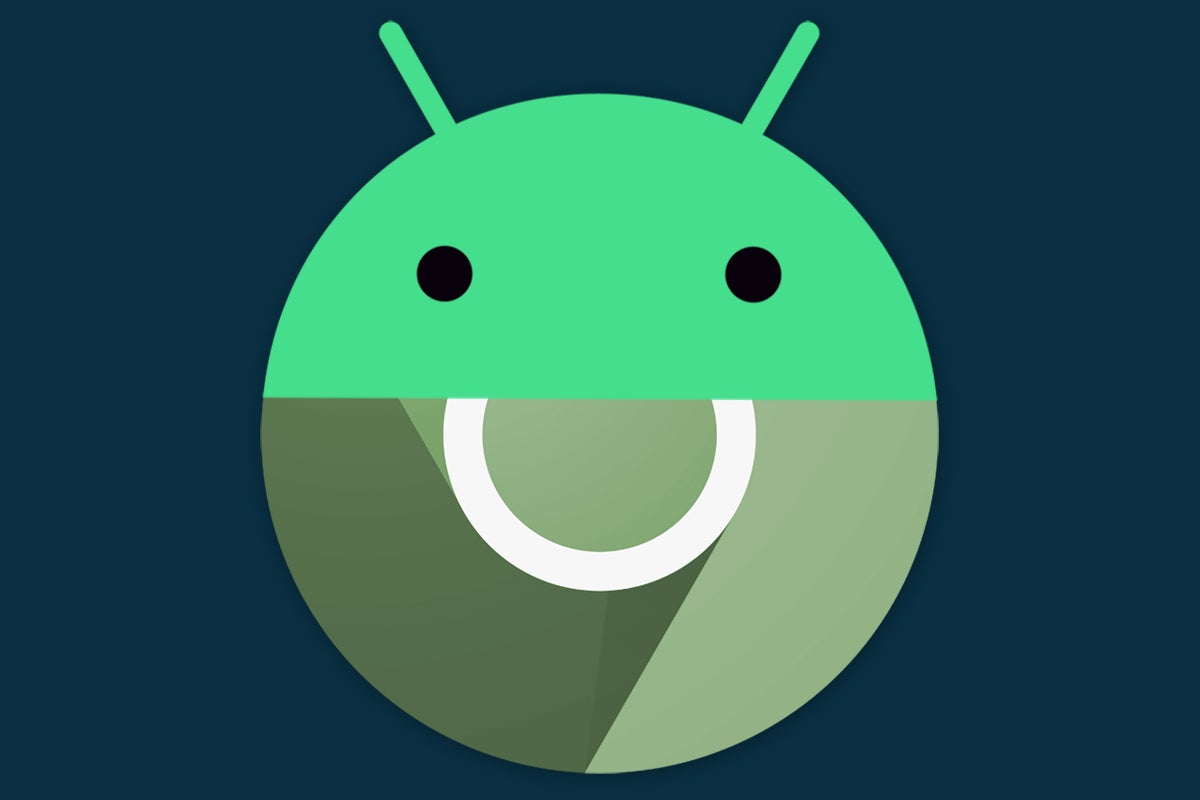It's amazing how much difference some small enhancements to a single program can make.
That's especially true when the program in question is the browser you use to access all sorts of sites, apps, and information — as is the case with Google's Chrome Android app, the de facto default browser for Android.
And after hearing a tremendous response to last week's Android Intelligence column on how to activate Chrome's fancy (but out-of-sight!) new Android reading enhancer, I thought it'd be worth diving in deeper to think about even more handy but hidden Chrome treasures.
Here are six such gems you'd be well-advised to remind yourself about and bring back to the surface.
Chrome Android feature #1: Simple sending
Sure, Android's got a snazzy new Nearby Share system now that lets you send stuff between different devices — including, even, Windows computers — but Chrome has an even easier way to beam pages directly to other places where you're signed in.
[Psst: Love shortcuts? My awesome Android Shortcut Supercourse will teach you tons of time-saving tricks for your phone. Sign up now for free!]
Anytime you're viewing a page within Chrome on your phone, just tap the three-dot menu icon in the app's upper-right corner and select "Share" from the menu that pops up. Then, look for the "Send to devices" option in the panel that appears next.
Tap that goober and tap it good, and you'll be blessed with a list of other devices — phones, tablets, computers, you name it — where you're also signed into the same Google account.
 JR
JR
Chrome's cross-device sharing system can be a real time-saver.
One more tap from there, and boom: Whatever page you're viewing will pop up as a notification on whatever other device you picked.
And take note, too: This same thing is possible for sending a page from Chrome on a computer to Chrome on your phone. Just look for the share icon in the right corner of the address bar at the top of the page to get started.
Chrome Android feature #2: Seamless syncing
While sending a page between devices is delightful, you might not even need to do that to pick up where you left off when shifting between screens.
It's all too easy to forget, but the Chrome Android app has a simple feature that lets you see the complete list of tabs you have open — or had open recently — on any other phone, tablet, or computer where you were signed in.
Tap the app's three-dot menu icon once more, and this time, tap "Recent Tabs." You'll then see a list of every device where you've been using Chrome with the same Google account in recent weeks, and you can tap any of those device names to expand or collapse their complete list of opened tabs.
 JR
JR
Access any tab you've had open anywhere, anytime, with Chrome's handy Recent Tabs feature.
As a bonus tip, try pressing and holding the name of any device in that list. That'll give you an extra option to open all the tabs within it at once for even easier restoring of wherever you left off.
Chrome Android feature #3: Top-notch translating
This next one just came up as a question from a reader the other day, and it's one of those things you might not need often but will appreciate having when the right sort of situation arises.
It's Chrome's built-in translation system, and it's incredibly powerful and convenient. It also works in a few different ways:
- If you want to translate a single word, simply press and hold your finger to the word and highlight it. Chrome should instantly pop up a translation at the bottom of the screen.
 JR
JR
Highlight and translate — doesn't get much easier than that.
- If you've got a phrase or paragraph you need to translate, make sure you've got the Google Translate app installed on your device, then highlight the section in question. You should see a "Translate" option appear in the pop-up menu alongside it, though you might have to tap a three-dot icon within that menu before it'll appear. Tapping that will then take you to a pop-up with the translation, including the option to copy it or have it read aloud.
 JR
JR
On-demand translation, courtesy of Chrome and the Google Translate app.
- And if you need to translate an entire page you're viewing, tap that three-dot menu icon in Chrome's upper-right corner and look for the "Translate" option there.
 JR
JR
Complete page translation is never more than two taps away.
Facile, non?
Chrome Android feature #4: Extra protection
If you ever find yourself viewing, ahem, sensitive info in an incognito tab on your phone (and don't worry, I won't ask for details), this next tucked-away Chrome treasure is one you'll absolutely appreciate.
Deep within the Chrome Android app's settings lies an option to add an extra layer of protection onto any open incognito tabs — so no one else could inadvertently open 'em and see what you were up to. Anytime your screen turns off or you move away from Chrome, the browser will lock any such tabs and require your standard authentication method — password, PIN, fingerprint, or whatever you use — before it'll pull 'em back up.
Tap Chrome's three-dot menu icon, select "Settings," then select "Privacy and security" and look for the "Lock Incognito tabs when you leave Chrome" option to get it enabled.
Chrome Android feature #5: Shortcut serenity
Perhaps my favorite Chrome Android feature of the moment is the recently added ability to set your own custom shortcut that's always one tap away in the browser's address bar.
Personally, I like to use it to keep a one-tap share command on demand whenever I need it. But you can also set it to serve as a shortcut for opening a new tab or searching by voice.
To activate the option, head back into the Chrome Android settings and look for the line labeled "Toolbar shortcut." Tap it, then turn the toggle on within it and select which setup you prefer.
And if you don't see the option, don't worry: Google's taking its good sweet time making this one universally available, but you can manually activate it this minute by typing chrome:flags into your browser's address bar, typing button into the search box on the screen that comes up, then finding the line labeled "Adaptive button in top toolbar customization" and changing its setting from "Default" to "Enabled."
Just be sure to hit the blue Relaunch button at the bottom of the screen when you're done.
Chrome Android feature #6: Unrestricted zooming
Last but not least for today is an oldie but a goodie and a Chrome Android feature I always enable immediately when signing into a new device.
It's a switch that empowers you to override certain websites' habits of preventing you from zooming in with the standard finger-pinching gesture. I have no idea why websites do this, but they do — and I find it beyond obnoxious when I try to zoom into something and can't.
So let's take back the power, shall we? March into Chrome's settings once more, and this time, select "Accessibility." Find the toggle next to "Force enable zoom" and tap it with gusto.
All that's left is to marvel at your newfound freedom — and, if you're so inclined, cackle with glee.*
* Cackling optional but highly recommended.
Get even more advanced Android knowledge with my free Android Shortcut Supercourse. You'll learn tons of time-saving tricks for your phone!































































































